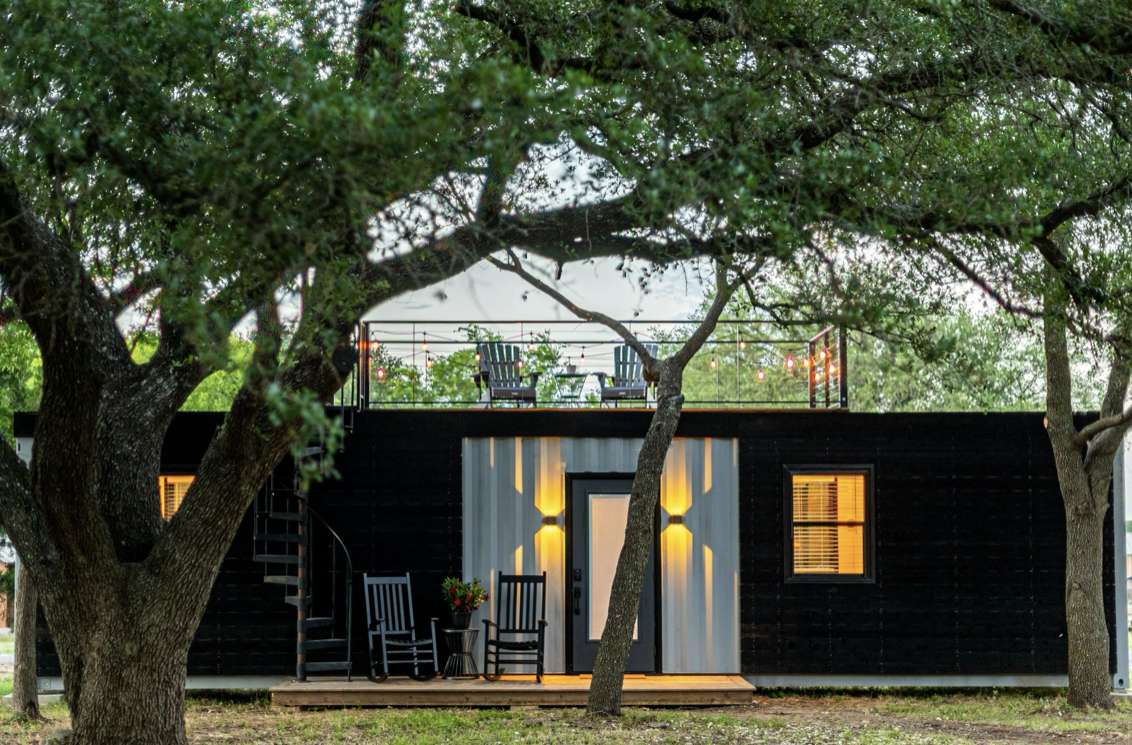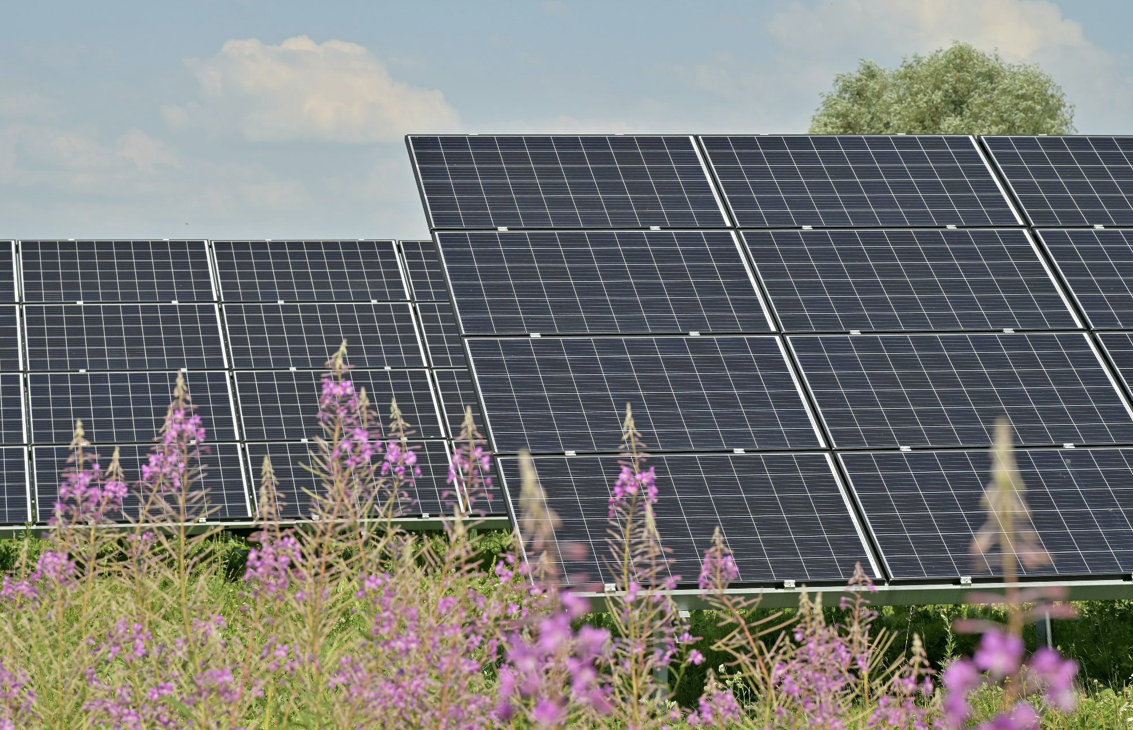Live Off the Grid: Explore Sustainable Off-Grid Homes & Property Options
Are you tired of the daily grind, constantly relying on traditional energy sources, and feeling disconnected from the environment? If so, it might be time to consider a different way of living — off the grid.
According to StudyFind.org, 12% of American households will be off-grid by 2035. Off-the-grid homes operate independently from public utilities like electric, water, and sewer systems. Rainwater collection systems provide water while composting toilets and graywater systems handle waste with minimal environmental impact.
Without being tied to public utilities, off-grinders have the freedom to live wherever they please, whether in rural areas or on their patch of land far from others. While off-the-grid living requires hard work, planning, and sacrifices, sustainable homes can still be comfortable with the systems and technologies.
This article explores main off-grid property options and things to consider before going off the grid.
Sustainable Property Options
Those seeking sustainable property off the grid have several options:
Earthships
Earthships are passive solar homes made from natural and recycled materials like tires, glass bottles, and cans. Earthships are specifically planned to function independently from the grid by using solar and wind energy, collecting rainwater, and incorporating systems for treating sewage. Many people build their Earthships, but you can also purchase plans or hire an expert to construct one.
Tiny Homes
Tiny homes are a compact, low-impact way to live off the grid. They are usually under 500 square feet but with a creative design. Their small size requires fewer resources to build and less energy to operate.
They can be powered by solar panels, use a composting toilet, and get water from rain barrels. You can buy a tiny home or build your own and customize it.
Existing Off-Grid Properties
If designing and building your own off-grid home seems daunting, you can purchase a ready-made sustainable property. Buying an established off-grid home can save time and money.
Some real estate websites like greenhomesforsale.com specialize in listing off-grid homes, land, and communities for sale. You may find an off-grid cabin, house, or parcel of land that already has solar or wind systems set up so you can start living sustainably right away.
Eco-Communities
For a more communal living experience, eco-communities are composed of multiple sustainable dwellings and shared community spaces. Many have off-grid infrastructure, like solar power, already set up. You can buy or rent a home and live cooperatively with others who share your values.
Some well-known eco-communities include Arcosanti in Arizona and Dancing Rabbit Ecovillage in Missouri. Homes in these communities are typically built with sustainable materials and powered by renewable energy systems.
Sustainable Developments
There are a growing number of sustainable developments around the world that offer off-grid living:
BedZED in London, UK. Carbon-neutral ecovillage with onsite renewable energy production.
Earthship communities in Taos, New Mexico. Homes made of natural and recycled materials that collect rainwater and solar energy.
Damanhur near Turin, Italy. Ecovillage dug into underground tunnels decorated with colorful mosaics.
Auroville in India. This international community is dedicated to human unity and living in harmony with nature.
Recognized for its towering buildings, Dubai is now integrating sustainability into its real estate options. Dubai properties commonly incorporate eco-friendly elements like residences powered by solar energy, intelligent water conservation systems, and leafy areas.
Living off the grid in a sustainable home allows you to reduce your environmental impact. With various property types available, you can find an off-grid lifestyle aligned with your values.
Considerations Before Going Off-The-Grid
Here are some key considerations before taking the plunge into the off-grid world:
Legal and Zoning Regulations
The first step is looking into the laws and zoning regulations for the area you plan to live in. There may be restrictions on certain types of structures, requirements for permits and inspections, or limits on living independent of public utilities. Consulting with local government agencies can provide clarity on what is and isn't allowed.
Resource Availability
You'll want to carefully evaluate the resources available on or near the property you choose:
Is there a clean, abundant water source like a stream, lake, or well?
How much sun exposure is there for solar panels?
Is the landscape conducive to farming or raising livestock?
Can systems be set up for effective rainwater collection, composting toilets, and graywater reuse?
The viability of living off the grid will depend on these elements.
Financial Planning
Going off the grid often requires significant upfront investment. Solar panels alone might cost up to $100,000. Land suitable for off-grid living can also be expensive, and installing solar panels, wind turbines, septic systems, and other infrastructure costs money. Creating a detailed budget and financial plan is strongly advised to make sure you can afford this venture.
To Sum Up
Eco-friendly options for power, water, and waste management are constantly improving. More and more people who care about the environment find living off-the-grid attractive as it allows them to reduce their impact on the environment while also gaining a sense of autonomy and self-reliance.








